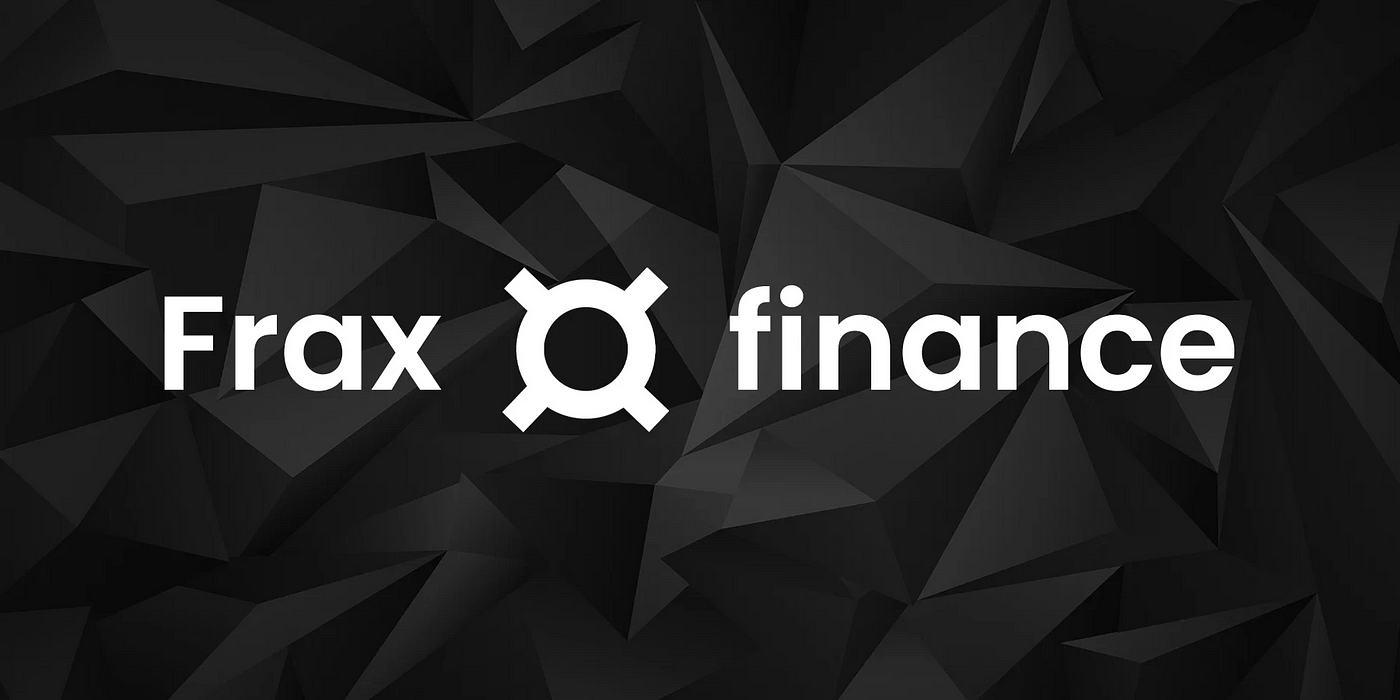Frax Finance: The Future of Decentralized Stablecoins
Frax Finance is a leading decentralized finance (DeFi) protocol that has garnered significant attention for its innovative approach to stablecoins and its ambitious roadmap aimed at transforming the DeFi landscape. With a vision to become the decentralized central bank of crypto, Frax Finance combines algorithmic stability mechanisms with collateral-backed models to offer scalable and trustless on-chain money.
Understanding Frax Finance
Frax Finance was founded by Sam Kazemian with the goal of creating a stablecoin that maintains its peg through a combination of algorithmic and collateral mechanisms. Unlike traditional stablecoins that are either fully collateralized or purely algorithmic, Frax introduces a fractional-algorithmic model, aiming to provide the benefits of both systems while mitigating their respective drawbacks.
The Frax Ecosystem
FRAX: The Stablecoin
FRAX is the protocol's flagship stablecoin, pegged to the U.S. dollar. It maintains its stability through a dynamic collateral ratio that adjusts based on market demand. This mechanism ensures that FRAX remains stable while optimizing capital efficiency.
FXS: The Governance Token
Frax Shares (FXS) is the governance token of the Frax ecosystem. Holders of FXS have the ability to vote on protocol changes, including adjustments to fees, collateral ratios, and the introduction of new features. The value of FXS is intrinsically linked to the growth and success of the Frax protocol.
veFXS: Voting Escrowed FXS
To encourage long-term commitment, Frax introduced veFXS, a system where users can lock their FXS tokens for a predetermined period to gain enhanced voting power and a share of the protocol's revenue. This mechanism aligns the interests of the community with the long-term success of the protocol.
The 2025 Vision Roadmap
Frax Finance has unveiled its 2025 Vision Roadmap, outlining a series of initiatives aimed at expanding its ecosystem and solidifying its position in the DeFi space.
Rebranding FRAX to frxUSD
As part of its efforts to integrate more seamlessly with traditional financial systems, Frax plans to rebrand its stablecoin from FRAX to frxUSD. This change is expected to enhance fiat redemption capabilities and foster partnerships with financial institutions.
Transition of FXS to FRAX
The governance token FXS will transition to being the gas and staking token of Fraxtal, Frax's sovereign Layer 2 blockchain. This move aims to streamline the ecosystem and provide more utility to the token.
Fraxtal North Star Hard Fork
The Fraxtal blockchain will undergo the North Star Hard Fork, introducing ultra-fast block times and enhanced scalability. This upgrade is designed to support high-throughput applications and improve the overall user experience.
Launch of 23 Layer 3 Protocols
In an ambitious move, Frax plans to launch 23 Layer 3 protocols within a year. These protocols will provide decentralized applications with customizable and interoperable networks built on top of Layer 2 solutions, further expanding the Frax ecosystem.
Introduction of New Assets
Frax is set to introduce new assets, including frxNEAR, frxTIA, and frxMETIS, to its ecosystem. These additions aim to diversify the investment options available to users and enhance the protocol's utility.
Integration of Artificial Intelligence
Frax is pioneering the integration of artificial intelligence into its blockchain through the development of the AIVM (Artificial Intelligence Virtual Machine). This parallelized blockchain within Fraxtal will be powered by a new Proof of Inference consensus system, enabling the deployment of autonomous AI agents on-chain. This innovation represents a significant step toward the convergence of AI and blockchain technologies.
Enhancing User Experience
To make DeFi more accessible, Frax is redesigning its user interface through the Frax Universal Interface (FUI). This overhaul will introduce intuitive tools for borrowing, swapping, and sending assets within the Frax ecosystem. Additionally, partnerships with platforms like Halliday will facilitate global fiat-to-crypto onramping, while Odos Routing will ensure efficient asset movement.
Tokenomics and Revenue Sharing
Frax's tokenomics are designed to balance supply and demand effectively. The protocol employs a mechanism where the supply of FRAX adjusts dynamically based on market conditions, ensuring price stability. Moreover, Frax plans to reintroduce a revenue-sharing mechanism, where 50% of the protocol's yield flows to veFXS holders, and the remaining 50% is used to purchase FXS and other Frax assets to pair in the FXS Liquidity Engine (FLE). This approach aims to strengthen Frax’s balance sheet and increase the liquidity of FXS and its paired assets.
Conclusion
Frax Finance stands at the forefront of DeFi innovation, blending algorithmic stability with collateral-backed assurance to offer a robust and scalable stablecoin solution. With its comprehensive 2025 Vision Roadmap, integration of AI, and commitment to enhancing user experience, Frax is poised to play a pivotal role in the future of decentralized finance.
